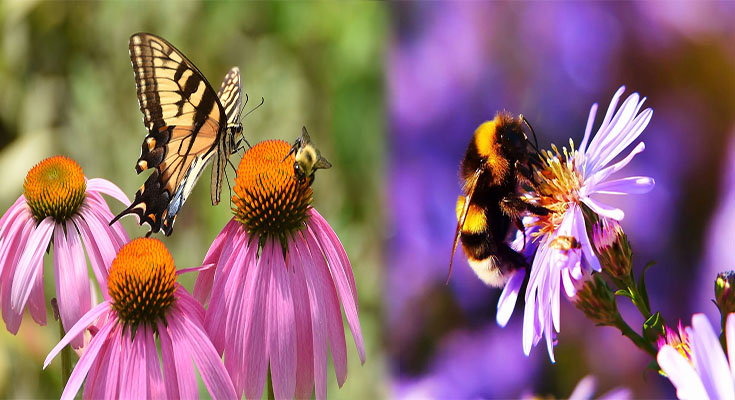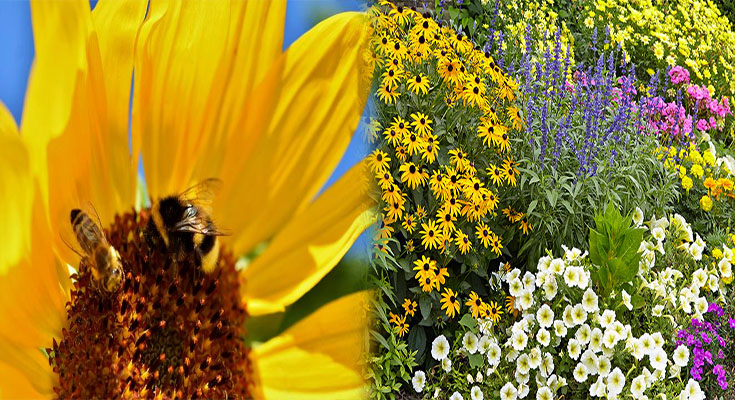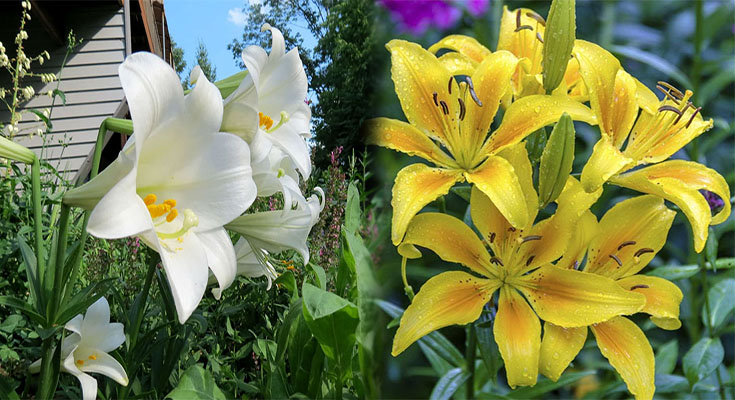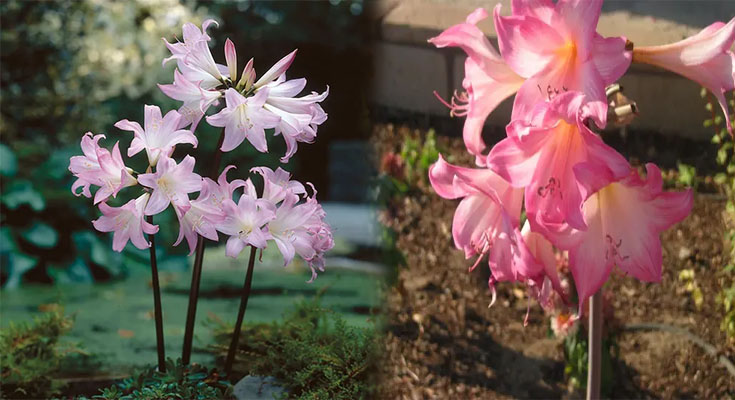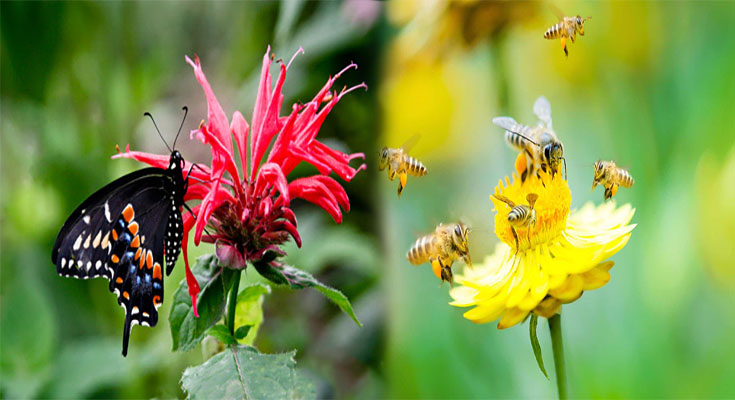
4 Plants That Attract Bees & Butterflies To Gardens
If you have a garden, there are many ways to attract bees and butterflies. In this article, I will provide some suggestions for plants that are known to attract bees and butterflies. These plants tend to be perennial (they grow back year after year), so once they’re established in your landscape, they’ll continue to bloom over time.
1. Butterfly Bush
- Butterfly Bush
- This plant is a perennial that can be planted in a container or in the ground. It prefers to grow in partial shade and can tolerate some direct sunlight. The butterfly bush will grow up to 6 feet tall, but it can also be pruned to keep it compact if you want it shorter. This plant attracts bees and butterflies with its nectar-rich flowers that bloom from spring through fall.
2. Evening Primrose
Another plant that attracts bees and butterflies to gardens is the evening primrose. This perennial …
4 Plants That Attract Bees & Butterflies To Gardens Read More

